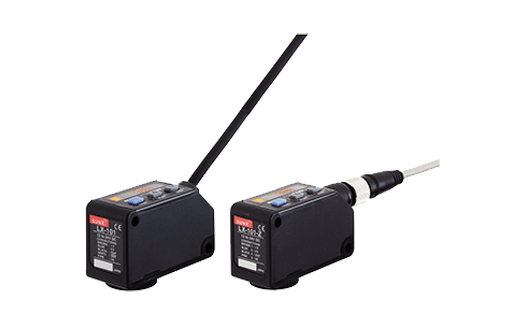
Color/Contrast Sensors
Color and contrast sensors are essential tools in industrial automation, used to detect and differentiate colors or varying shades of contrast on surfaces. These sensors play a crucial role in quality control, packaging, printing, and assembly lines by ensuring that products meet specific color or contrast requirements. Their ability to provide precise color recognition and contrast detection improves efficiency and accuracy in high-speed production environments.
Color sensors work by emitting light onto an object and analyzing the reflected wavelengths to determine its color. They are capable of identifying a wide range of colors, including shades that might not be easily distinguishable by the human eye. These sensors are commonly used in industries where color consistency is critical, such as in packaging, automotive manufacturing, or textiles. For example, color sensors can ensure that the correct color label is applied to a product, or that parts are assembled in the correct color sequence.
Contrast sensors, on the other hand, are designed to detect differences in brightness or grayscale between two surfaces. They are particularly useful in detecting markings, edges, or labels in applications such as print registration, packaging, or product positioning. By identifying even small variations in contrast, these sensors can ensure that labels are correctly applied, packages are properly sealed, or products are accurately positioned on a conveyor belt.
Both color and contrast sensors offer high-speed, real-time detection, making them ideal for use in fast-moving production lines. Their precision helps reduce errors, minimize waste, and improve overall product quality. Moreover, their compact design allows them to be easily integrated into existing systems without requiring significant modifications.
In conclusion, color and contrast sensors are vital in industrial processes where visual accuracy is essential. Their ability to detect subtle differences in color and contrast ensures that production standards are met, contributing to higher quality and greater efficiency in various manufacturing and packaging applications.
